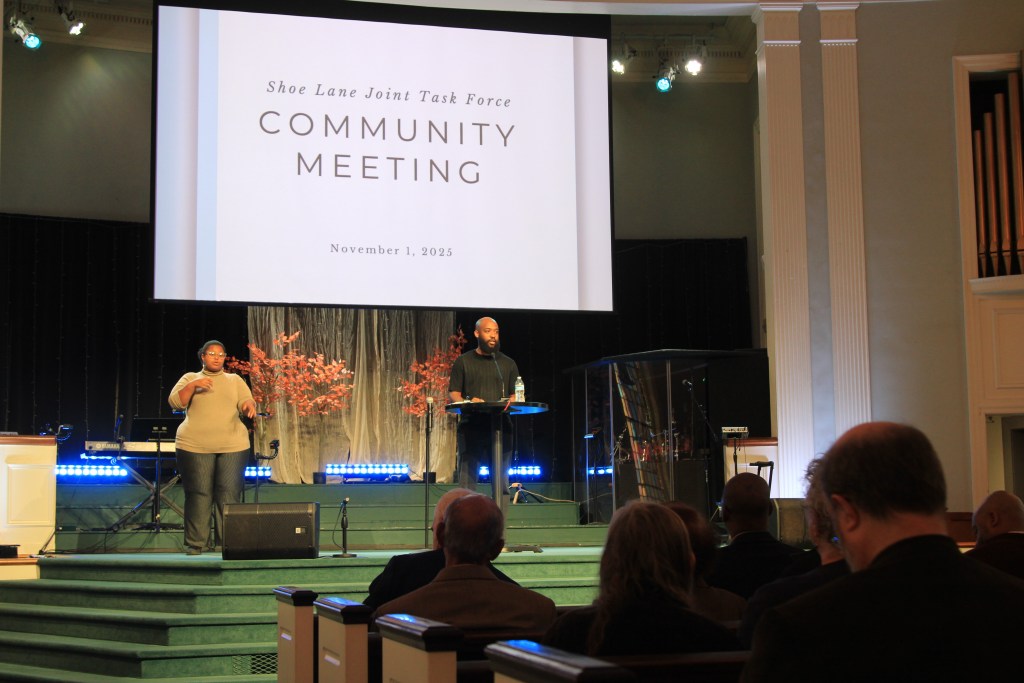A task force has been established to confront the historical displacement of a Black neighborhood in Newport News, Virginia, linked to the expansion of Christopher Newport University (CNU). The Shoe Lane Joint Task Force recently held a community meeting at City Life Church, where members outlined their objectives and ongoing research regarding the decisions made in the early 1960s that led to the displacement of residents from the Shoe Lane neighborhood.
The initiative was launched in January 2023 under the leadership of Mayor Phillip Jones and CNU President William G. Kelly. The task force is co-chaired by Vice Mayor Curtis Bethany and University Provost Quentin Kidd. Other members include Regina Brayboy, Vidal Dickerson, Joni L. Ivey, and Cleon M. Long. Brayboy, who serves on CNU’s Board of Visitors, noted that the task force aims to conduct thorough research and engage with families affected by the displacement.
At the meeting, Brayboy emphasized the importance of accurately capturing the stories of those impacted. “Each parcel, each family, each record represents a story,” she said. “Those stories deserve to be treated with accuracy and respect.” So far, eight families have been interviewed as part of the research process, which has proven to be more time-consuming than initially anticipated due to the number of properties and individuals involved.
In addition to personal interviews, the task force is examining historical deeds and archival documents related to the Shoe Lane neighborhood. The group’s plan includes creating a dedicated website featuring a timeline, documents, and historical context of the area. This information will ultimately contribute to a comprehensive report and policy recommendations for the city, state, and university. As of now, no completion date has been set for the project.
The meeting garnered positive feedback from community members, including Audrey Perry Williams, President of the Association for the Study of African American Life and History’s Hampton Roads branch. Williams expressed her satisfaction with the task force’s progress, highlighting her commitment to ensuring that the neighborhood’s history is accurately represented.
Residents like Shauna Franklin Epps and Pearl Smith, both of whom have personal connections to the area, voiced their curiosity regarding potential reparations and the rationale behind the eminent domain decisions that uprooted families. Epps, who lived on Moores Lane, noted her interest in understanding what reparations might entail. Similarly, Smith questioned the motives behind the decision to displace the Shoe Lane community, asking, “What was their reason for uprooting us out of that community?”
For more detailed information about the Shoe Lane neighborhood and the task force’s work, interested individuals can visit the official website at library.nnva.gov/368/The-Shoe-Lane-Task-Force.
The Shoe Lane Joint Task Force continues to engage with the community as it works toward acknowledging and addressing the historical injustices faced by the residents of Newport News.
